Description
Instrument-Assisted Soft Tissue Mobilization (IASTM)
IASTM is a manual therapy technique that uses specially designed instruments to perform soft tissue mobilization on the body. It is often employed by physical therapists, chiropractors, and athletic trainers.
1. What is the IASTM Tool?
The tools are typically handheld instruments crafted from materials like medical-grade stainless steel, jade, or hard plastic.
Design: They come in various shapes and sizes, with beveled edges and specific contours designed to conform to the natural curves and anatomy of the human body (e.g., concave for large muscles, convex for limbs).
Material Advantage: Stainless steel is the preferred material because it is durable, non-porous (hygienic), and, crucially, it provides the therapist with enhanced tactile feedback. The instrument acts as an extension of the clinician’s hand, allowing them to better feel and locate areas of scar tissue, fascial restrictions, or “gritty” adhesions beneath the skin.
2. How Does IASTM Work in Physiotherapy?
The technique involves the therapist using the tool to apply controlled pressure and specific scraping strokes (like a deep, targeted massage) over the affected soft tissues, which include:
Fascia: The connective tissue surrounding muscles and organs.
Muscles, Tendons, and Ligaments.
The physical process works in two main ways:
Mechanical Breakdown: The friction and pressure from the tool help to mechanically break up dysfunctional tissue—specifically scar tissue and adhesions (where tissue layers get stuck together).
Healing Stimulation: This controlled micro-trauma to the tissue initiates a mild local inflammatory response, which increases blood flow (perfusion) to the area. This influx of fresh blood, oxygen, and nutrients promotes the body’s natural healing and helps the body re-absorb the fibrotic (scar) tissue.
3. Key Benefits of IASTM
IASTM is used to treat a wide range of acute and chronic musculoskeletal conditions, including:
Reduced Pain: Quickly targets and releases tension in trigger points and tight muscles.
Improved Mobility: Releases fascial restrictions and scar tissue, restoring a greater Range of Motion (ROM) in joints.
Faster Recovery: Accelerates tissue healing, often leading to quicker rehabilitation.
Common Conditions Treated: Plantar Fasciitis, Achilles Tendinitis, Tennis Elbow (Lateral Epicondylitis), Golfer’s Elbow (Medial Epicondylitis), Chronic Low Back Pain, and Post-Surgical Scar Tissue.
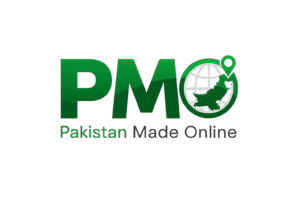
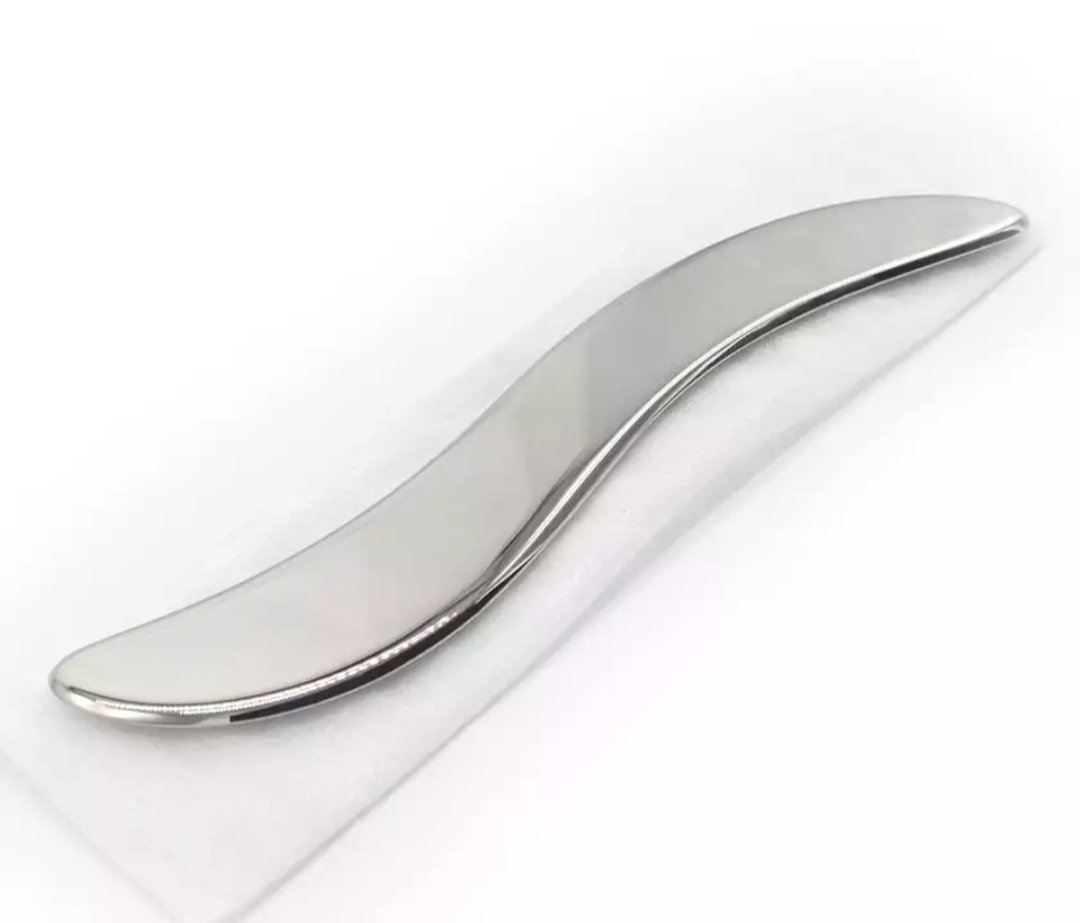

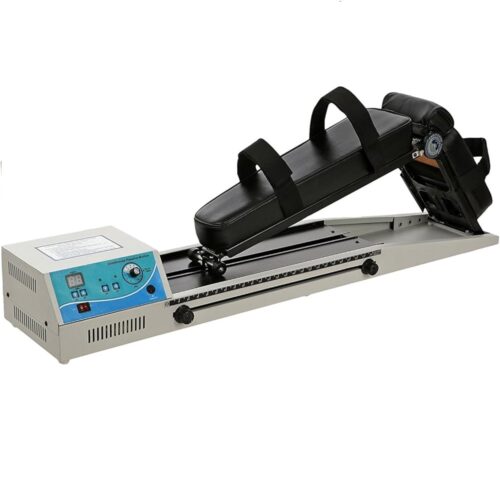


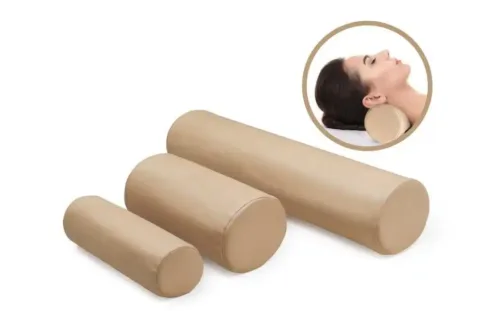

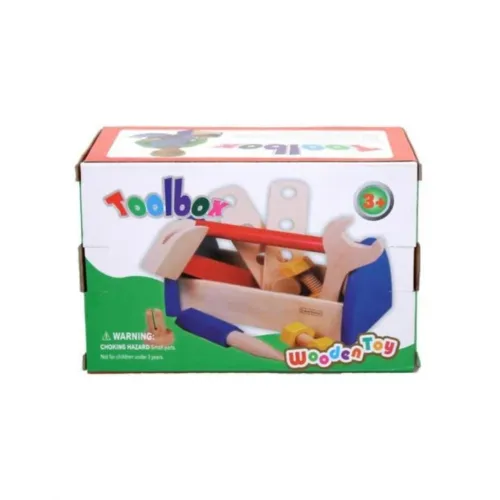
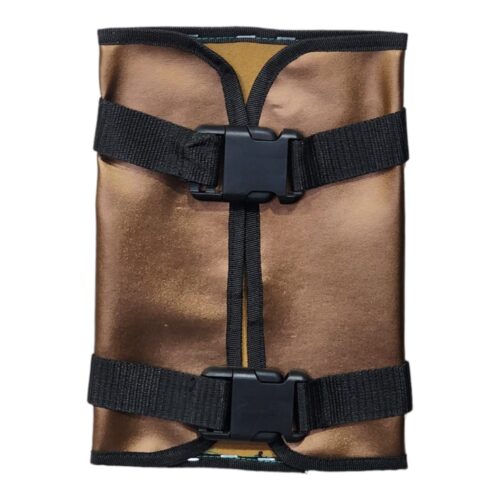


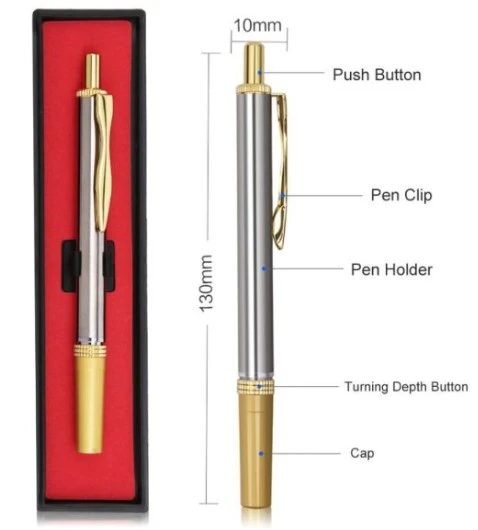
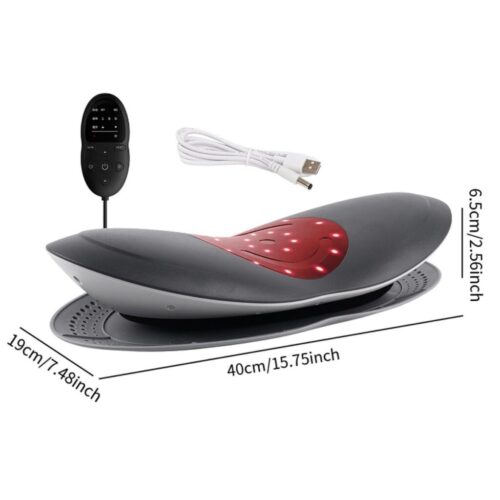

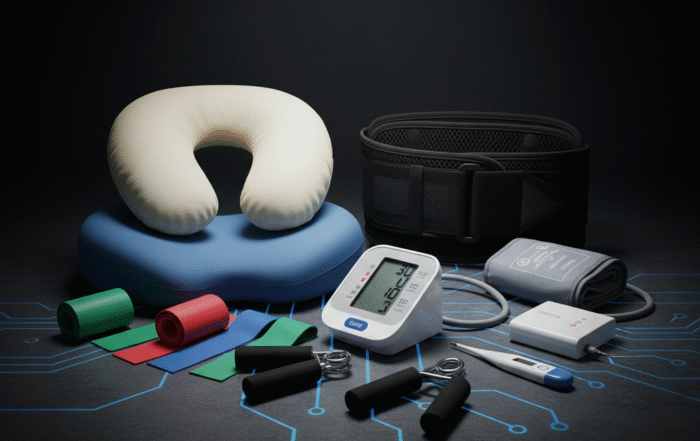
Reviews
There are no reviews yet.